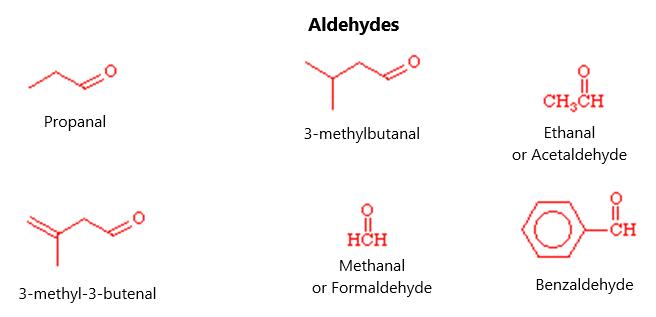Oxidation only happens in the presence of K2CrO7 and an acid solution and only happens in primary and secondary alcohols. Oxidation is not possible with tertiary alcohols. While oxidation of a primary alcohol forms an aldehyde (and subsequently a carboxylic acid), the oxidation of a secondary alcohol forms a ketone. It is not possible to have a tertiary alcohol become oxidized because it has three R side chains that do not have the ability to lose a hydrogen ion to form a further oxidized molecule. Dehydration of an alcohol in the presence of acids and bases will form either an ether or an alkene. It takes heat and high concentrations of H2SO4 (sulfuric acid) to make an alkene. In the presence of high concentrations of heated ROH molecules and heat (plus concentrated sulfuric acid not in excess), there will be the predominance of ether formation. Esterification happens in a carboxylic acid solution, leading to an ester.
ALCOHOL DEHYDRATION Dehydration of alcohols will lead to alkenes by losing water. This can be accomplished by heating an alcohol in the presence of a strong acid (like phosphoric or sulfuric acid). It takes a great deal of heat to generate these alkenes. The amount of heat necessary to force the reaction forward depends on whether it is a primary, secondary, or tertiary alcohol. Heating in the range of 170 to 180 degrees is necessary to generate an alkene from a primary alcohol. Lesser heat (in the range of 100-140 degrees) is necessary to make an alkene from a secondary alcohol and even less heat (25-80 degrees) is necessary to make an alkene from a tertiary alcohol. Alcohols are considered to be amphoteric molecules in that they can act as an acid or a base. The lone pair of electrons available on the oxygen atom will make the hydroxyl group basic, particularly in the presence of a strong acid, which gives rise to an OH2 side chain to make ROH2+, which is extremely acidic. The reason that alkene formation happens at all is because of this basic characteristic of the alcohol molecule. ROH plus a strong acid, gives rise to the alkyloxonium ion (which is ROH2+). ROH plus a strong base gives rise to the alkoxide ion (which is RO-). There are two mechanisms that can happen with the dehydration of alcohols, called the E1 mechanism and the E2 mechanism. These will be discussed when we talk about
118




























































